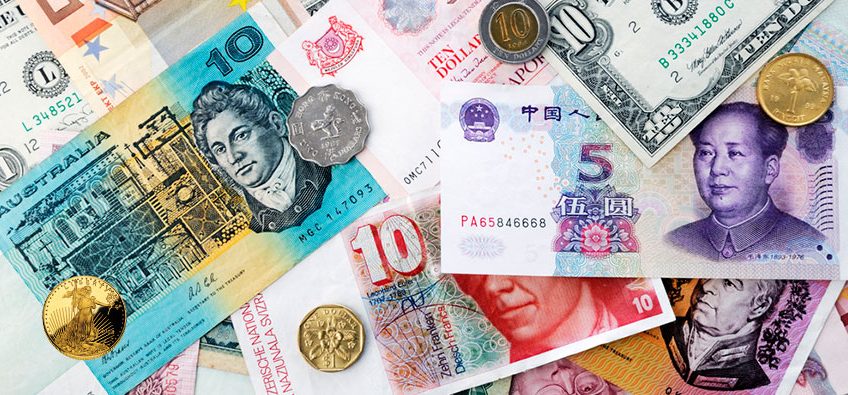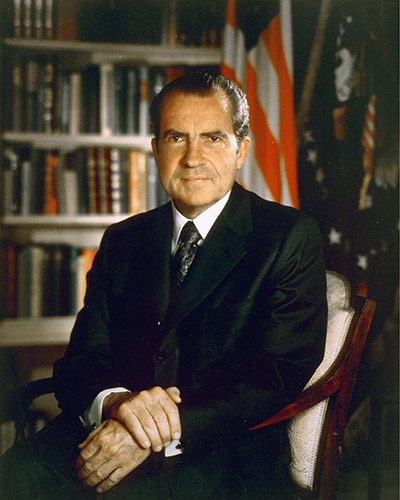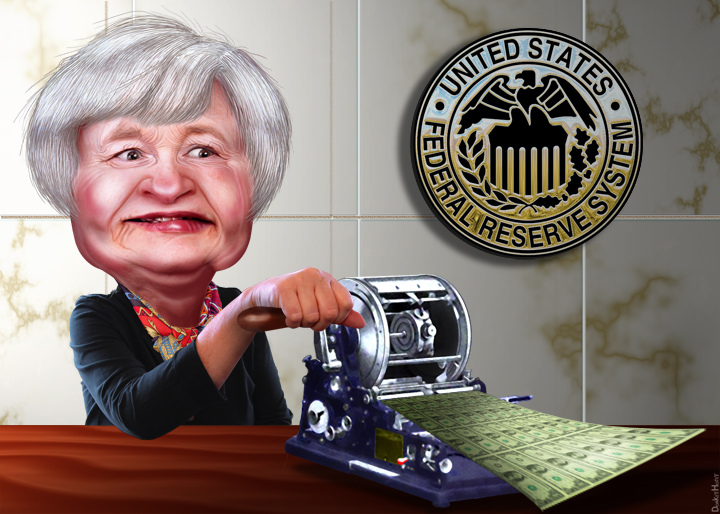
Who’s Buying Billions of Dollars Worth of Gold?

The answer is the central banks of governments around the world. They are on a gold-buying spree!
And they are using money they used to keep in US dollars.
We think they know something most people don’t know.
In fact, we’ve seen this pattern before. Let me explain.
The World Gold Council reports that central bank gold buying is at the highest levels since 1971. Why is that date important?

Because that is the year the United States broke its promise to back its dollars with gold. Until then, if for some reason the central banks didn’t trust the US dollar, they could exchange their dollar holdings for gold, no questions asked.
But the US was printing money recklessly. Like writing bad checks, the US was printing more dollars than it had gold to back up those promises.

The world’s central banks could see where this was leading. So even before the end of dollar’s gold backing was made official, they began scrambling to get gold for their dollars. Buyers around the world were taking down hundreds of tons of gold with their discredited dollars.
It was a smart move. Over the following decade, from January 1970 to January 1980, gold moved from $35 to $850 an ounce.
Central banks today own 30,000 tons of gold. But they are adding more because they see what is coming. Like last time, they are acquiring gold fast. And like last time, they are doing it with money they used to keep in dollars.
We have written about this revealing megatrend many times. We strongly suggest you review this material. In More on the Central Bank Gold Rush in February, we wrote that “Russian dollar reserves have fallen over the last ten years from about $180 billion to around $10 billion today. On the other hand, its gold reserves have jumped from 40 tons in 2006 to nearly 2000 tons today.”
Altogether in 2018 central banks added more than 650 tons of gold to their reserves. That’s an increase of 74 percent over 2017. And as 2019 gets underway they are still at it.
China Continues to Add More Gold
After not announcing any new gold acquisitions since 2016, China suddenly announced in January that it increased its gold holding by almost 15 percent in 2018. As we pointed out at that time, in adding 10 tons to its gold reserves in December, “China has grown its official gold holdings by 75 percent in 3½ years.”

Just weeks ago, China announced that it kept buying gold in February, the third month in a row. India added 6.5 tons of gold in January alone and is now jockeying to be the tenth largest gold holder in the world.
Buying gold is not just for economic powerhouses
Perhaps I can underscore the purposes at work in this gold buying by pointing out that in addition to buying more gold, there is a stampede around the world of foreign governments repatriating their gold. Countries big and small are having gold they used to leave in storage with the US Federal Reserve or with the Bank of England or Banque de France returned home.
It’s almost like the early stages of a run on the bank as central banks seek to avoid being victimized by a coming dollar debt crisis and the reckless money printing it implies.
Germany recently completed a repatriation of $31 billion in gold from New York and London. But what had many market observers scratching their heads is that an operation that should have taken just weeks – or perhaps a couple of months – inexplicably met delays stretching out over four years.

So more countries began calling their gold home. Even tiny Romania is moving to bring home its gold held by the Bank of England.
Having been through the dollar chicanery of the 1970s and the subsequent decade of high inflation, central banks are moving to put their trust in gold instead of the “printed” paper money (or, more accurately, the digital bookkeeping entries) of the world’s largest debtor.
They see monetary upheavals ahead. They want gold. In their hands.
You should to.
Our precious metals professionals believe that educating as many Americans as possible is part of our job. If you have family members, friends, and colleagues that would like to learn why central bankers around the world are moving aggressively into gold, we can be of help. Have them contact Republic Monetary Exchange right away.

